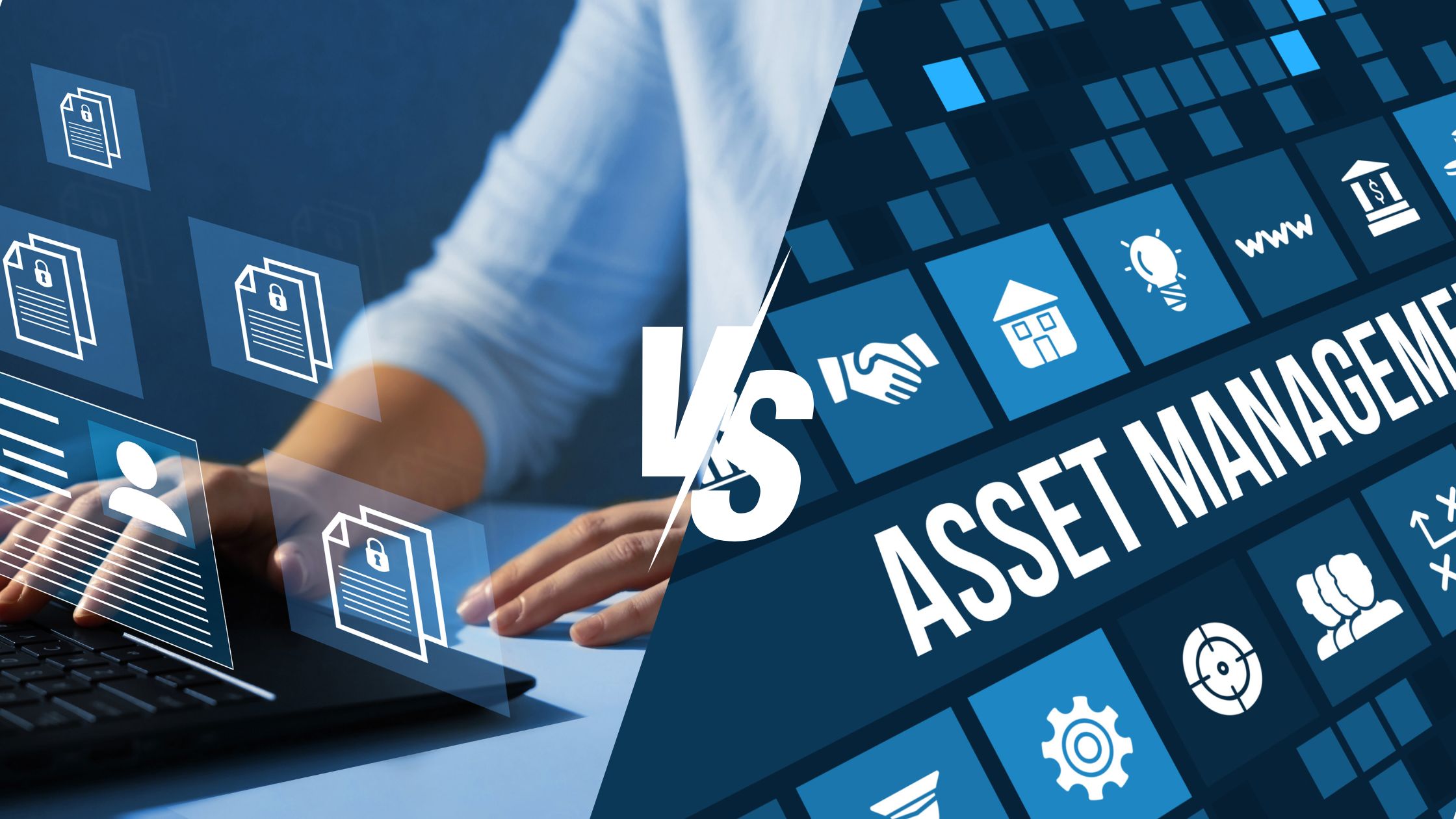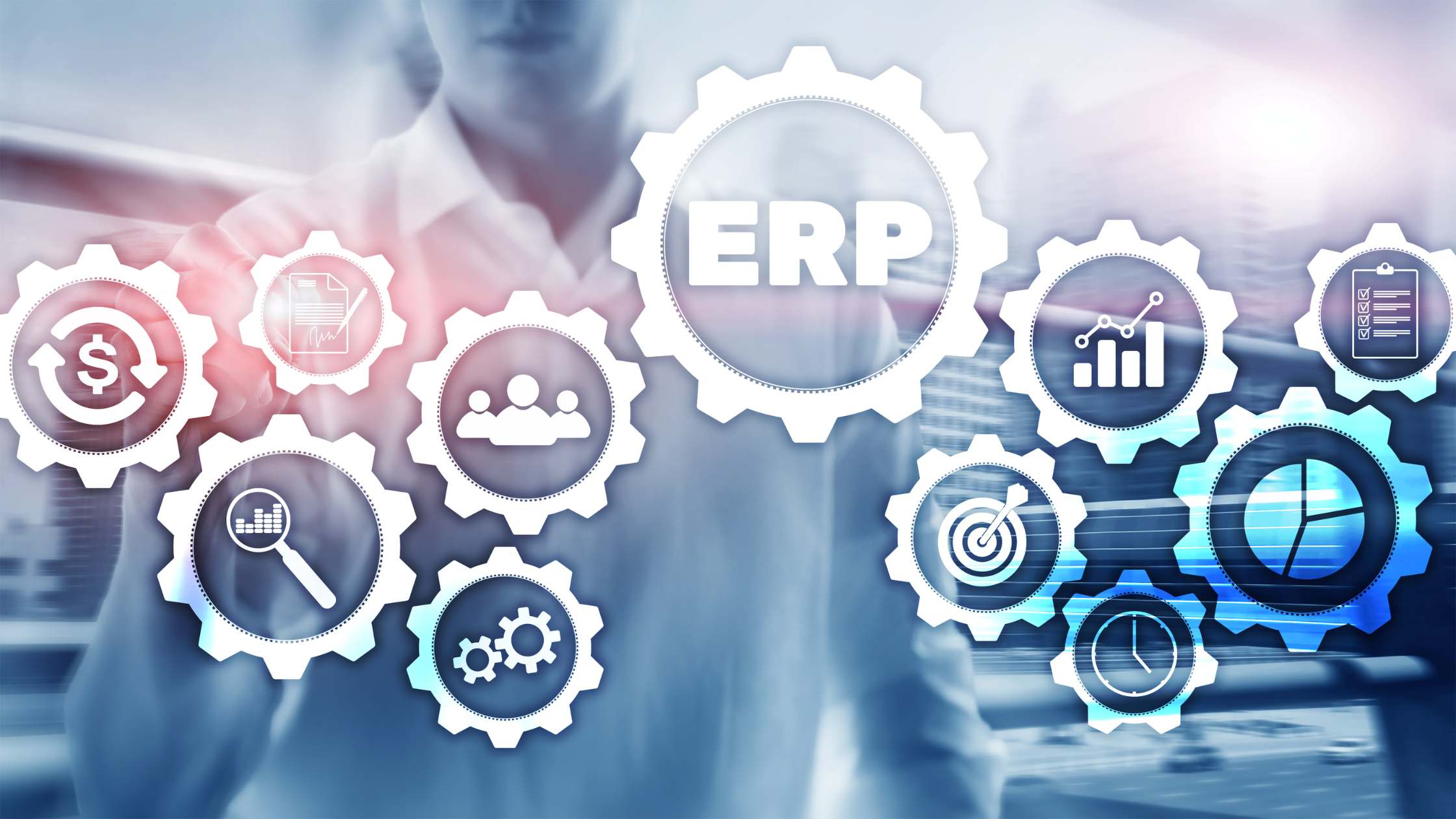
How are EAM and CMMS different?
The asset management domain has been dominated by two acronyms namely Enterprise Asset Management (EAM) and Computerized Maintenance Management System (CMMS). They both cover the domain of asset optimization due to which understanding their complementary functionalities is essential for all businesses looking to utilize these software packages effectively.
What is EAM?
Enterprise Asset Management (EAM) is known to provide extensive systems capable of managing the assets of the organization across its entire lifecycle. From acquisition to disposal, EAM systems are able to offer a widespread view of asset details including performance, productivity and documentation. This allows businesses to make informed decision-making and resource optimization across departments.
EAM solutions come bundled with an endless range of functionalities that include asset procurement, capital planning, compliance monitoring, maintenance, installation, maintenance workflows, asset management and risk mitigation. The fact that these systems act as the nerve center of asset-intensive industries enables its ability to cater its services to diverse stakeholders across maintenance, finance, production, compliance, operations, and production teams.
The Rise of CMMS Post-COVID
There happened to be a seismic shift across all sectors when the COVID-19 pandemic started dictating terms. This also influenced in many ways the adoption of CMMS solutions. Initially, CMMS was known to be a domain used only by the Fortune 500 companies with huge maintenance budgets. Meanwhile post-COVID, the CMMS landscape dramatically shifted its presence even in the small and medium-sized enterprises as they were enlightened with the pivotal role of CMMS and how it can help in achieving operational resilience amidst all disruptions.
As businesses were thrown under the wheels of uncertainty and were made to grapple with supply chain disruptions, heightened maintenance challenges and remote work, the need for streamlined, digitized maintenance operations became essential. CMMS emerged as a guiding light, offering automated workflows, preventive maintenance, real-time visibility and other cardinal capabilities to organizations aspiring for an efficient and agile ecosystem in a volatile landscape.
Evolution of CMMS
The journey of CMMS for what it has become now can be traced back to the 1960s. This was the period when mainframes and punch cards were considered as the groundwork for computerized maintenance records and operations. CMMS has over the decades evolved from just a basic checklist system to a sophisticated cloud-based platform. Thus enabling connectivity, enhanced mobility, and security for businesses.
The period of 1980s and 1990s witnessed a profound use of CMMS. The large and some mid-sized businesses started embracing computerization as computers became more affordable and interconnected. As soon as the internet exploded into the scene in the early 2000s, the new era of web-based CMMS solutions gradually came to light, enabling remote access, seamless collaboration, real-time data analytics and a lot more.
In the world of modern business, CMMS can easily be termed as a foundation of modern maintenance practices. The reason is that it has helped various organizations of all sizes optimize asset uptime and deliver operational excellence. This could be made possible only through data-driven insights and preventive maintenance strategies using CMMS.
Distinguishing Factors Between EAM and CMMS
Though EAM and CMMS have similar purposes, they are different in terms of functionality, scope, and user base. EAM encompasses a wide range of asset management operations that include strategic planning, risk management, procurement, and compliance. EAM solutions have been able to serve a wide range of stakeholders including maintenance, operations, finance, compliance, and executive teams, by giving an entire view of asset performance and enabling informed decision-making at the organizational level.
On the contrary, the role of CMMS is to focus on maintenance operations that provide maintenance workflows according to the requirements of the maintenance and operation teams. CMMS solutions can help in increasing asset uptime, reliability, and efficiency. This is achieved with the power of automation in work order management, preventive maintenance scheduling, inventory management, and real-time analytics reporting. Time and again, CMMS has enabled maintenance teams to proactively address maintenance issues. The technicians do this by streamlining workflows and optimizing resource allocation way before they show even a hint of escalation into costly downtime.
Conclusion
In the maintenance management domain, choosing the right between EAM and CMMS boils down to understanding what an organization needs. It is essential to find out what its priorities are, and what are the levels of integration desired across departments that require maintenance.
As organizations continue to scale the ladders of digital transformation, EAM and CMMS will prove to be indispensable tools without which one cannot fulfill the pursuit of agility, efficiency, and resilience in a rapidly growing industrial landscape. The popularity of EAM & CMMS shines a light on modern businesses aspiring to successfully navigate the complexities of maintenance management.




